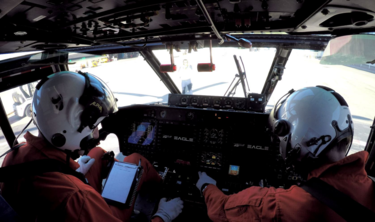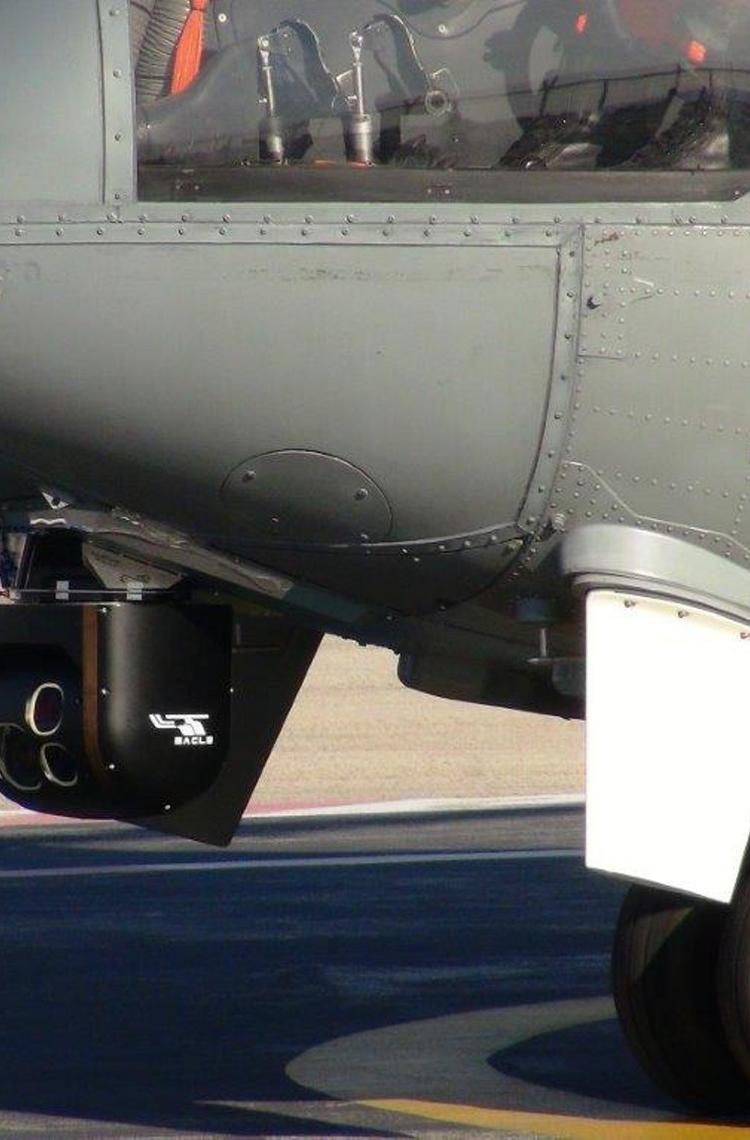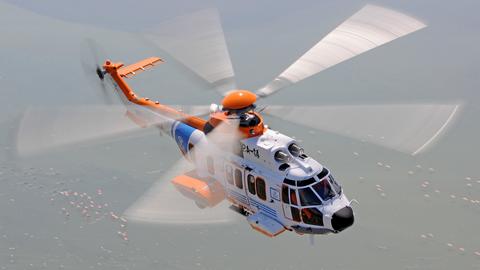Article: Alexandre Marchand - Read more in Rotor magazine N°115
Photos: Airbus Helicopters
For Airbus Helicopters, investing in research is a means of promoting technological progress and helping build the future of vertical flight. Vehicular automation is one of the key issues for approaching future markets such as urban mobility, as well as for significantly increasing flight safety.
The RSAS, simple and effective protection against obstacles
The RSAS (Rotor Strike Alerting System) alerts crew about collision risks to the main and rear rotors by indicating in which direction the nearest obstacle is. The alert is transmitted by an audible signal and a screen display, in the same way as equipment installed in cars. The RSAS uses two Lidar sensors (laser scanning) positioned on either side of the fuselage and covering 220° of the rear sector and sides of the helicopter. A third sensor will be optional for the front sector. The RSAS uses off-the-shelf detectors known for their robustness and lack of false alarms. The option to integrate RSAS will be proposed for the light aircraft range, from the H125 to the H145, which are those most used for near-the-ground aerial work. An STC is expected before the end of the year.
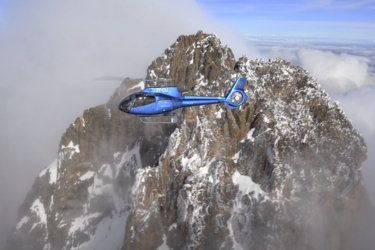
Eagle, at the service of urban mobility
Eagle is destined for further refinement in order to develop various technological components that will eventually enable the development of Airbus autonomous urban mobility systems. The first step, expected by 2021, is certification of the on-board computer that processes the images. Driven by new algorithms, the applications for which development has just been launched will also enable low-altitude navigation based on vision through cameras, automatic obstacle recognition, 3D reconstruction of landing zones, mobile obstacle tracking, etc.
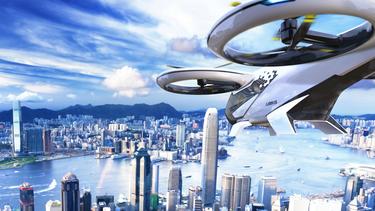
Safety improvements
Operating near the ground, in hilly terrain, close to obstacles, and landing on oil rigs in all kinds of weather are just some of the complex missions in which the helicopter reigns supreme. In these cases, automation, sometimes inspired by cars, can contribute to safety improvements or even to the development of greater aircraft autonomy in sensitive flight phases.
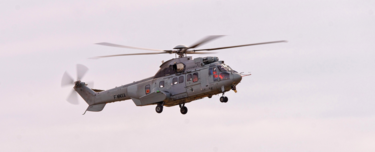
Eagle eyes
While the RSAS is characterised by the rapid integration of off-the-shelf equipment, the Eagle system has another ambition entirely. This is an optronics system used to assist the crew in off shore operations by capturing the image of the heliport where the helicopter will land, from a distance of up to 2,000 m. The difficulties relate essentially to the shallow approach angle, which makes it diffi cult to capture a visual of the platform. The optronics must be able to see a long way while providing a very detailed image in which algorithms (developed with the assistance of imaging specialists from Airbus Defence & Space in Toulouse, France) will detect the platform and stabilise the image before displaying it on a screen. Eagle can also supply a higher mode of autopilot, leading to an automated approach, but always under the control of the crew. The first Eagle product will be available by 2021 and will be offered on a wide range of aircraft. It will make use of several fixed cameras offering different fields of vision. At the request of the crew, Eagle could also be used for automatic tracking of an opportunity zone other than the heliport, always with the same capacity to extract the area of interest from the image and ensure its automatic tracking.
